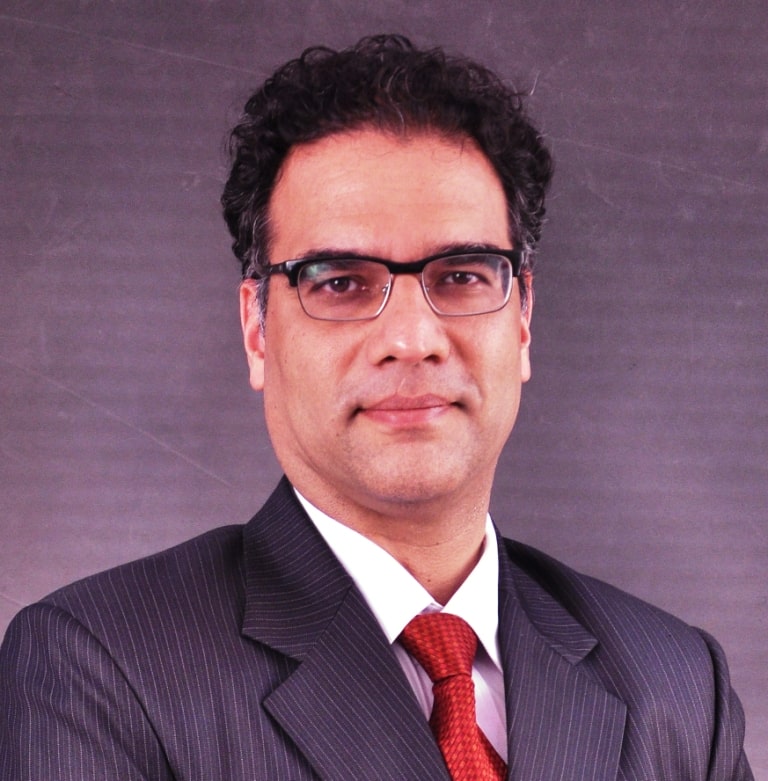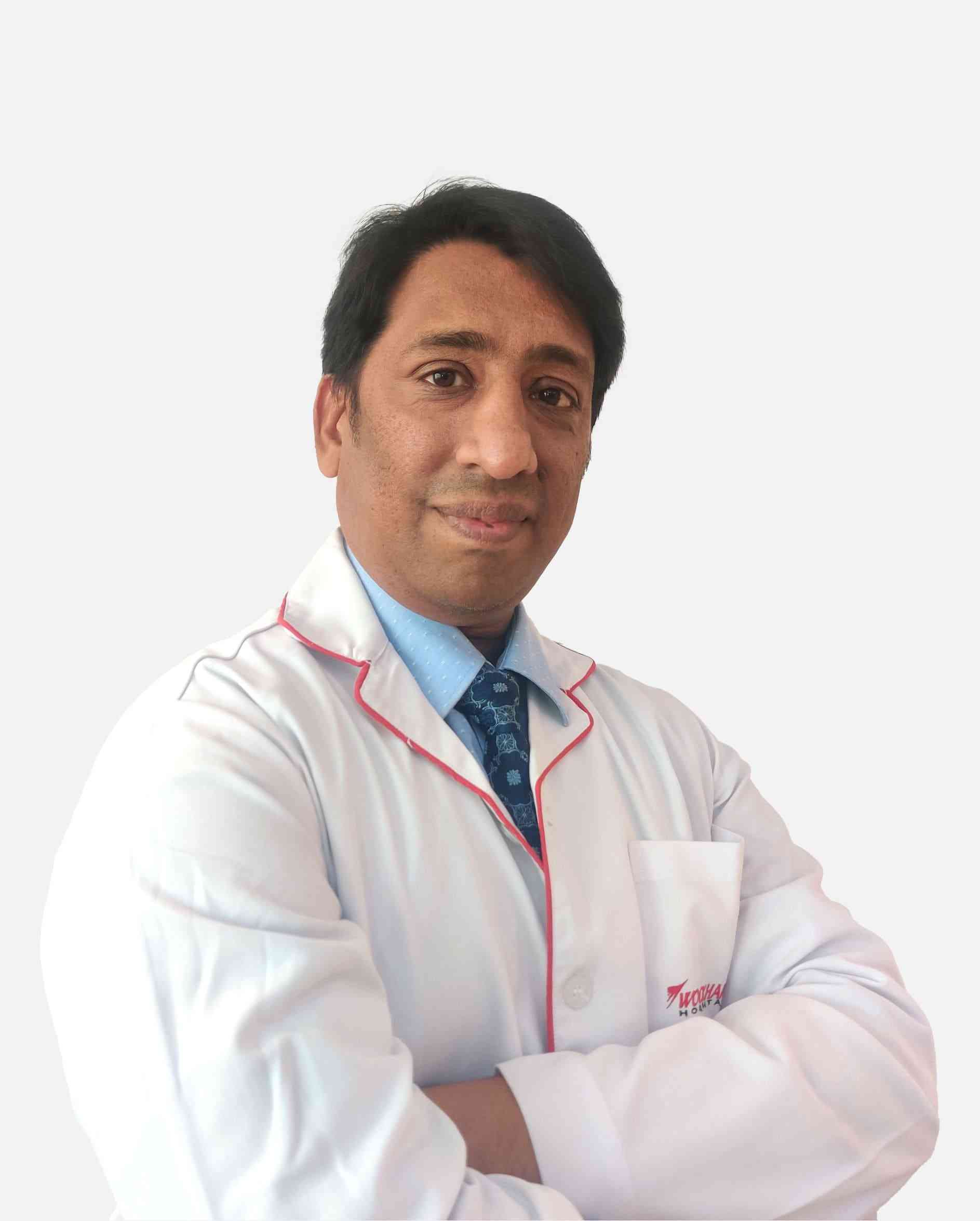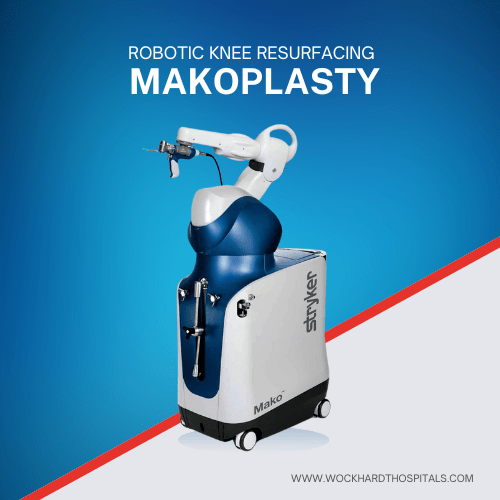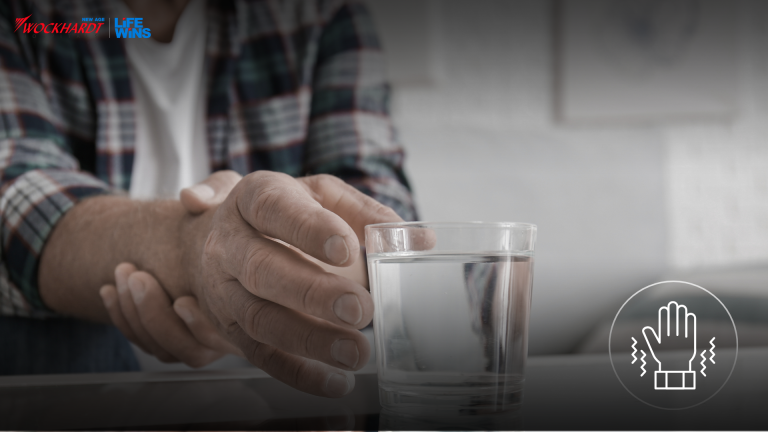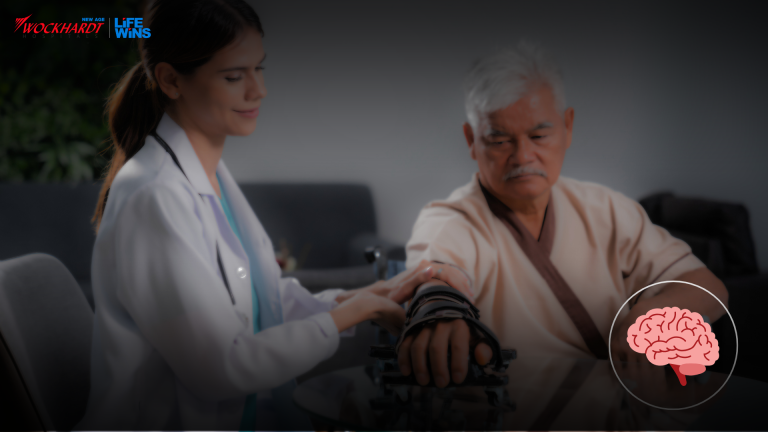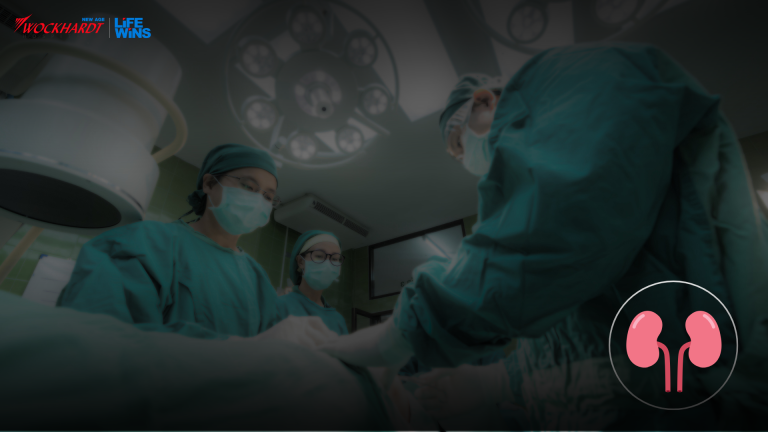Home » Medical Procedure » Acute Respiratory Distress
Acute Respiratory Distress
Syndrome Treatment in India
What is Acute
Respiratory Distress?
Acute Respiratory Distress Syndrome, often known as ARDS, is an inflammatory lung injury that develops when fluids accumulate in the lung’s tiny air sacs (known as Alveoli). ARDS restricts the lungs from taking in air and results in Hypoxemia, a condition when blood oxygen levels are dangerously low. Other organs, including the brain, heart, kidneys, and stomach, are unable to receive the oxygen they require to operate as a result of this disease. ARDS is risky and can cause several significant and life-threatening issues.
Acute Respiratory Distress Syndrome usually affects persons who are already severely sick or have suffered serious traumas. ARDS often develops within hours to days following an onset event and can deteriorate quickly. Patients suffering from ARDS may need to be admitted to an Intensive Care Unit (ICU) and placed on a ventilator to assist them in breathing.
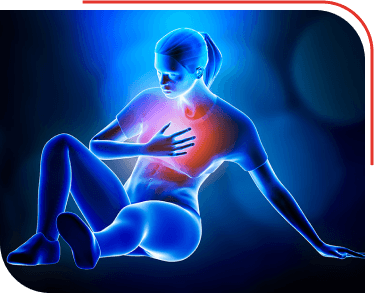
Renowned Acute Respiratory Distress Surgeons
at Wockhardt Hospitals
- Mumbai Central
- Mira Road
- Nagpur
- Rajkot
Signs & Symptoms of Acute Respiratory Distress
The symptoms vary depending on the cause and severity of the disease, as well as any pre-existing lung or heart conditions. Among the signs and symptoms are:
- Extreme breathing difficulties or shortness of breath
- Fatigued muscles and extreme exhaustion
- Mental Confusion
- Rapid heartbeat
- Low blood pressure
- Chest pain and coughing
- Bluish lips and fingernails as a result of low blood oxygen levels
What Causes Acute Respiratory Distress?
When fluids seep into the lung’s air sacs (alveoli) from tiny lung capillaries, Acute Respiratory Distress Syndrome develops. Oxygen levels in the blood drop when the barrier separating blood vessels and air sacs is damaged. There are several causes of ARDS:
- Accidents, such as slips and falls or vehicle accidents, can cause direct harm to the lungs or the area of the brain that regulates breathing.
- Lung inrollement in severe pneumonia.
- ARDS may develop due to aspiration of vomit or experiencing bouts of near drowning, as well as high quantities of smoke or chemical fumes exposure.
- Sepsis, a severe and invasive bloodstream infection, is the most common reason for this medical condition.
- ARDS might occur in viral infection like COVID-19, H1 N1, etc.
- Major blood transfusions, burns, and pancreatitis (pancreatic inflammation) can be other reasons.
ARDS Treatment Dos & Don’ts
- DO keep in mind that pulmonary fibrosis (lung scarring) is a potential acute distressing consequence that might result in long-term ventilator dependence or shortness of breath following discharge from the hospital
- Lung inrollement in severe pneumonia.
- DO realize that ARDS is a medical emergency requiring immediate attention.
- Be aware that some patients who survive ARDS may experience memory loss due to a lack of oxygen in the brain.
- If you develop a fever or are experiencing breathing difficulties, contact your doctor.
- Don't forget that it might take 6-12 months for ARDS survivors to restore their normal lung function.
What are the Different Types of Acute Respiratory Distress?
Hypoxemic and Hypercapnic respiratory failure are the two distinct kinds of acute and chronic respiratory distress. Both illnesses frequently coexist and have the potential to cause serious problems.
- When there is insufficient oxygen in the blood, one might have hypoxemic respiratory failure, also known as Hypoxemia.
- When there is too much carbon dioxide (CO2) in the blood, patients have hypercapnic respiratory failure, also known as Hypercapnia.
What Tests are Done to Diagnose of Acute Respiratory Distress Syndrome?
There is no particular test to recognize acute respiratory distress. The physical examination, chest X-ray, and oxygen levels are used to make the diagnosis. Additionally, it’s critical to rule out other illnesses and ailments that might manifest similar symptoms, such as some cardiac issues.
A variety of tests may be performed in response to ARDS symptoms, including:
- A chest X-ray is required to ascertain how much fluid is in the lungs.
- A blood test to detect the amount of oxygen in the blood, which can assist in identifying the severity of ARDS.
- Heart function may be assessed via an Echocardiogram or Heart Ultrasound.
- A Computerized Tomography (CT scan) may be performed to learn more specific details about the lungs.
- Secretions from the airways may be sampled to pinpoint the source of the infection.
A biopsy of the lungs might also be performed to rule out further lung conditions. However, it’s not often recommended by doctors.
How is Acute Respiratory Distress Treated at Wockhardt Hospitals?
The purpose of ARDS treatment is to increase oxygen levels and address the underlying cause. The major treatment for ARDS is oxygen therapy. Additional treatments aims at comfortable and avoid future pulmonary complications.
Oxygen Therapy
Oxygen can be administered using tubes that fit in the nose, via a face mask, or a tube inserted into the trachea. One will receive oxygen therapy if your blood oxygen levels are low.
You could receive oxygen therapy for a short while or for a long period at a hospital or your home. You should never smoke or use anything combustible when utilizing oxygen because of the risk of fire. This therapy may sometimes have negative effects, including fatigue, a bloody or dry nose, and headaches in the morning. It’s typically safe to use oxygen treatment.
Other Breathing Support
Your doctor could recommend a gadget or device to help you breathe, depending on how severe your symptoms are:
- The use of non-invasive ventilation techniques, such as Continuous Positive Airway Pressure (CPAP) or Bilevel Positive Airway Pressure (BiPAP) machines, which blast air via a face mask to keep your airways open, is one such method.
- Your blood oxygen levels might be improved using a ventilator. Some patients switch from a ventilator to a portable oxygen concentrator. Pneumonia and Pneumothorax (collapsed lung) are risks of using a ventilator.
Medications
Your doctor may prescribe medications to address the underlying condition, alleviate symptoms, or avoid hospital-related complications:
- Acid-reducing medications stop stress ulcers, which can result in intestinal bleeding.
- Antibiotics are also used to treat or stop infections. Your medical team may do tests on you if you are using a ventilator to check for any new infections, such as lung fluid lab tests or CT scans.
- Blood-thinning medications prevent blood clots from forming or expanding.
- Muscle relaxants can lower the quantity of oxygen your body requires or avoid coughing or choking when using a ventilator.
- Sedatives can help you relax, reduce your demand for oxygen, or make breathing on a ventilator easier.
Other Treatments
Your doctor could also suggest one or more of the following acute respiratory distress syndrome treatments:
- Feeding Tube: A large incision may be made in the lower right side of the abdomen to help surgeons gain access to the appendix. The surgeon will then remove the appendix and close the incision.
- Blood Transfusion: Hemoglobin deficiency is treated by blood transfusions. Since oxygen is carried by hemoglobin in the blood, a transfusion can increase the amount of oxygen that reaches the body's organs.
- Physical Therapy: Physical therapy keeps muscles strong and stops sores from developing. Your rehabilitation after leaving the hospital may be helped by proper physical therapy. Moreover, this therapy can also cut short your stay on the ventilator.
How Long Does it Take Surgery to Heal?
Patients with ARDS might need to be put on a ventilator for a long period of time. This typically takes seven to fourteen days. After this point, doctors may advise having a tube surgically inserted into the windpipe via the neck (Tracheostomy). Typically, the doctor anticipates that recovering from ventilator support may take several more weeks. Once the patient is no longer dependent on a ventilator, this tube can be simply withdrawn.
Those who do recover from ARDS could endure certain long-term negative effects. Many people will lose muscle mass and weight, making it possible that they’ll require assistance with regular tasks. Some persons have cognitive issues that may last for months after returning home.
Risk Factors for Acute Respiratory Distress
ARDS frequently develops as a side effect of another illness. The following elements raise the possibility of getting ARDS:
- Being 65+ years of age
- A history of alcohol abuse or cigarette smoking
- Chronic lung condition
- Infection such as flu or other viruses.
- Being exposed to pollution for several weeks or months
- Your chance of developing ARDS might be raised by the gene you inherit.
- Your risk for ARDS may increase as a result of further illnesses, accidents, or medical treatments.




